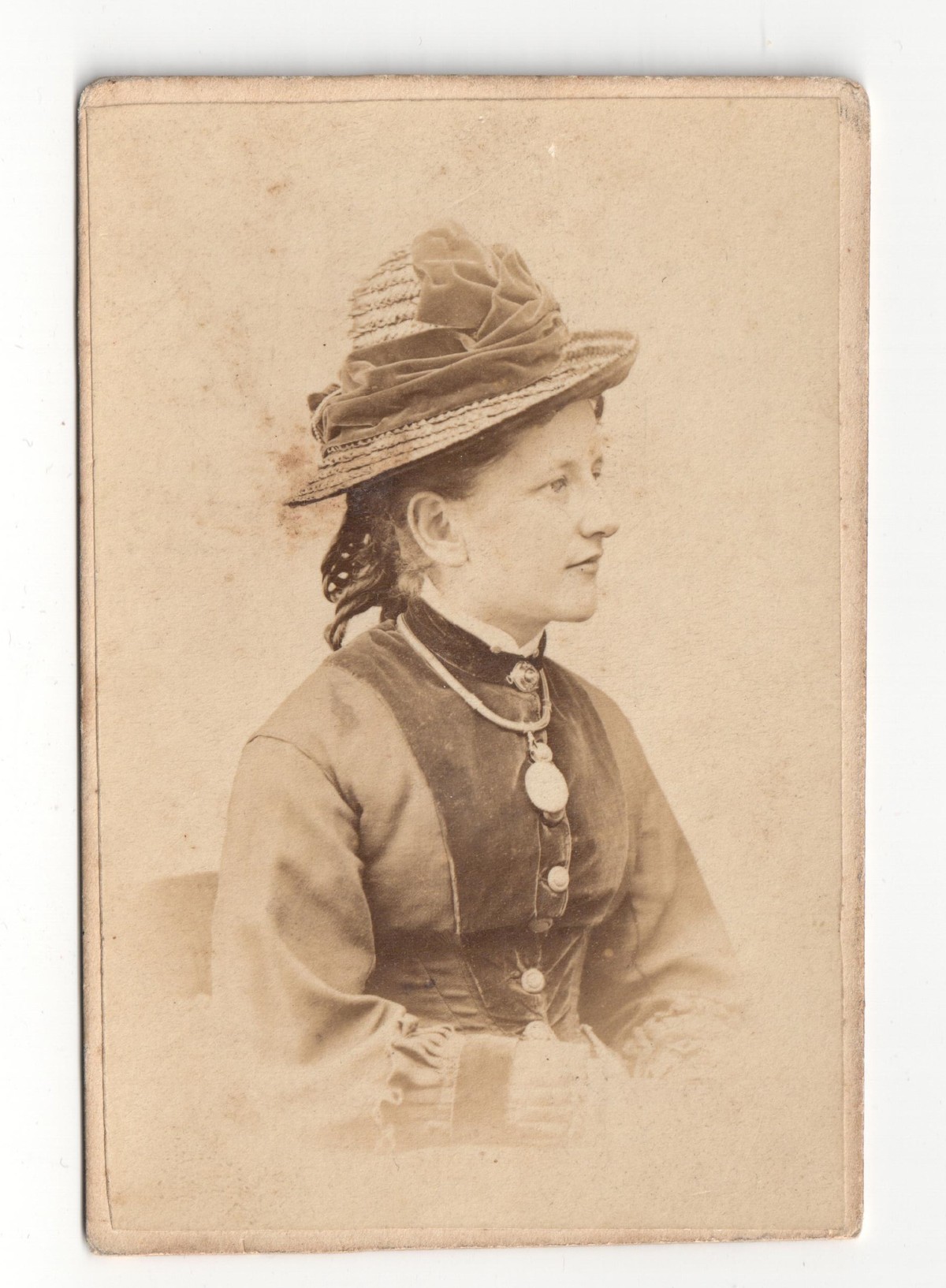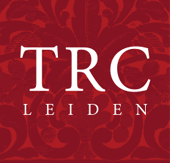Currently there are three main ways in which warp-based (‘proper’) velvet are made. Two of these techniques use looms, the third applies a form of knitting frame. Velvets made on a loom are made of one of the three basic ground weaves, namely tabby, twill or satin. Sometimes two warp threads are used together and this is called an ‘extended’ tabby, twill or satin. These details are important as different ground weaves give an indication of when and where a piece of velvet was made.
Historical velvets
The historical method of velvet production uses a particular type of loom, depending on whether a plain or a figured velvet was being made. For plain velvets a heddle or treadle loom was used, and for figured velvet a drawloom and later a jacquard loom. But the basic method of weaving remains the same. It should be noted that because the amount of thread needed for the looped or pile warps is about x6 the amount required for the warp threads of the ground weave, the particular pile warp threads are wrapped around a separate warp beam at the back of the loom. The following description is based on the production of a plain or solid velvet.
The warp threads are divided into two groups, namely the (a) main threads (ends) that make the ground cloth and (b) the pile warp (pile ends) that are used to make the individual loops or tufts. When setting up the loom all the warp threads are passed through the teeth or dents of a comb (reed), which is placed across the width of the loom near to where the weaver sits and works. The warp threads are generally entered into the dents of the reed in the order of three main and one pile thread for a tabby or twill ground, and six main and one pile thread for satin.

In normal weaving, warp ends are lifted to create a shed and a weft thread (pick) is inserted. In velvet, two to four rows are completed (the vise sheds) and then the pile ends are raised and a fine metal wire or rod is inserted, instead of a weft thread. The rod separates the warp threads from the pile ends. The pile ends may then be cut creating the desired smooth and shiny appearance. When the loops are left uncut, the result is less smooth and less shiny.
The diameter of the pile rod dictates the height of the pile. The average rod is about 2mm in diameter. A rod with an asymmetrical curved profile is used for finer piles, while a square section rod for coarser pile. If the pile is going to be left uncut then the rod is smooth. If it is going to be cut, then the rod has a longitudinal channel or groove down its length, which guides the knife used to cut the loops. Skilled rod makers were highly regarded for their work and in great demand by velvet workshops.
Figured velvets are woven on a more complicated form of loom, called a drawloom, which requires at least two people to operate it.
In addition to the shafts or heddles, the reed and treadles of a plain loom, a drawloom also has a figure harness that consists of a system of cords (lashes) attached to the warp threads. These cords make it possible to control individual or groups of warp threads in order to create the desired pattern. The weaver would sit at the front of the loom and operate the treadles with his feet while passing the shuttle for the weft threads side to side. An assistant (drawboy) operates the figure harness by pulling lashes up in the correct order.
In addition, velvet drawlooms often had a series of warp bobbins for the pile warp rather than a second warp beam at the back of the loom.
Brocaded velvet
Brocading is the introduction during weaving of coloured silk or metallic wefts in areas where they are required by the pattern. Brocaded velvet developed in the 15th century and at first most forms included tightly packed metal threads visible on the obverse side, with a considerable amount of metal thread still left on the backside.
The earliest gold/silver thread was made of gilt strips of animal gut or parchment. Then in the late 15th century filé thread (passing) of silver-gilt plate wrapped around a silk core was developed. In addition, some weavers started to use drawn metal wire, which was used to create cloth of gold or silver, whereby the whole of the ground was covered with a metal thread.
Weavers quickly developed the skill of adding the metal thread only in the places where it was required (inlaying) and turning it back upon itself without the thread cracking or breaking. Sometimes yellow silk was woven with the gold threads, to make it appear that more gold was being used than was actually the case.

By the end of the 16th century light weight velvets with a satin ground became popular and these often included strips of silver or silver gilded thread, called lames in French.
Selvedges
An important feature of handwoven French, Italian and Spanish velvets is the selvedge. The oldest selvedges are in white (good quality), yellow or blue (poorer quality). Around 1457 the Venetians introduced striped selvedges that could include up to five colours in different combinations. This indicated where the velvet came from and its quality. Compare also TRC 2011.0380.
Double-cloth velvet
Double cloth is a form of fabric produced by weaving two layers, one above the other, at the same time on the same loom. This is a way of increasing production. Double-cloth velvet is where two lengths of cloth are woven with a gap in between of about 0.6 cm. The pile ends are woven in such a manner that they move between the two sets of cloth. The pile ends are cut on the loom by a reciprocating knife blade in order to produce two, separate pieces of velvet. These are then rolled onto two cloth (take-up) beams.
Knitted velours/velvets
In the mid-19th century warp knitted velvet, also often referred to as velours, started to be produced. It was cheaper than the woven forms. This form was popular as the cloth draped easily, but it was still regarded as an expensive, elite form. In the 1960’s knitted stretch velours started to appear, made with synthetic fibres that included spandex, which was known for its elastic qualities. These stretch velvets were comparatively cheap, but often of a poor quality with a very sparse and loose pile. One result of their introduction was that respect for velvet, once a kingly (literally) cloth, was lost by many. This type of cheap velvet comes in many different forms, including plain, crushed, printed, devoré and so forth.

In addition to the lengths of velvet cloth that are produced, there are also velvet ribbons and bands that are being made. Velvet ribbons in general are soft, double sided lengths of cloth that are normally between 0.5 and 5.0 cm in width (think of a hair ribbon). Bands are stiffer, single-sided, and in general between 2 to 20 cm in width. Bands can be applied to garments, curtains, even to the outside of a door frame to hide the joins between the wood and the wall.
 Woman wearing straw hat decorated with a velvet ribbon (Bristol, UK, late 19th century; TRC 2018.3144).The use of trims or bands of velvet for garments, for example, became increasingly popular from the 15th century onwards. At first small amounts were used on a collar or for the border of a hem or cuff. This was regarded as an economical technique to add a little distinction to a garment. In the 16th century, however, more and more garments were trimmed (guarded) with velvet bands and several metres of specially woven velvet were sometimes needed for a single garment or outfit. These bands became an expensive part of the final garment.
Woman wearing straw hat decorated with a velvet ribbon (Bristol, UK, late 19th century; TRC 2018.3144).The use of trims or bands of velvet for garments, for example, became increasingly popular from the 15th century onwards. At first small amounts were used on a collar or for the border of a hem or cuff. This was regarded as an economical technique to add a little distinction to a garment. In the 16th century, however, more and more garments were trimmed (guarded) with velvet bands and several metres of specially woven velvet were sometimes needed for a single garment or outfit. These bands became an expensive part of the final garment.

